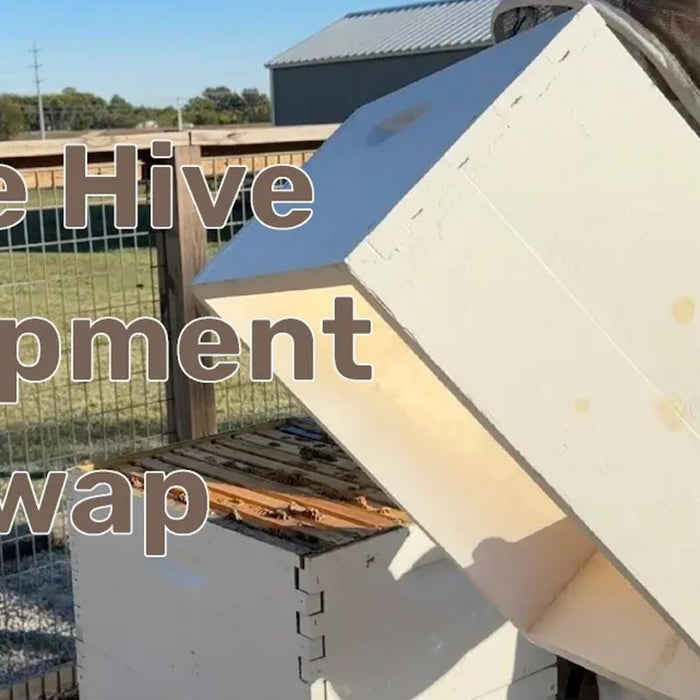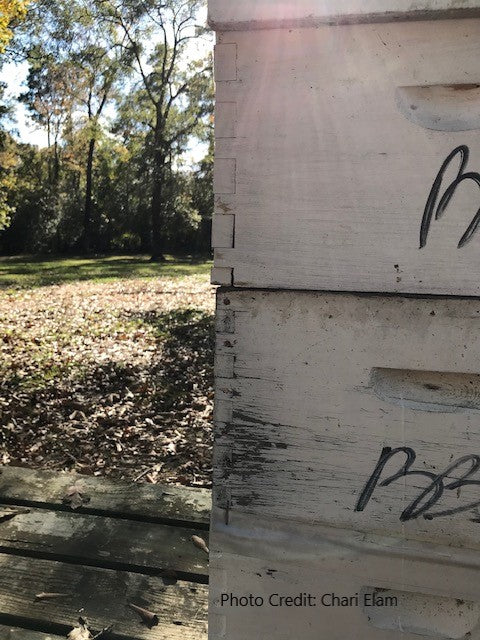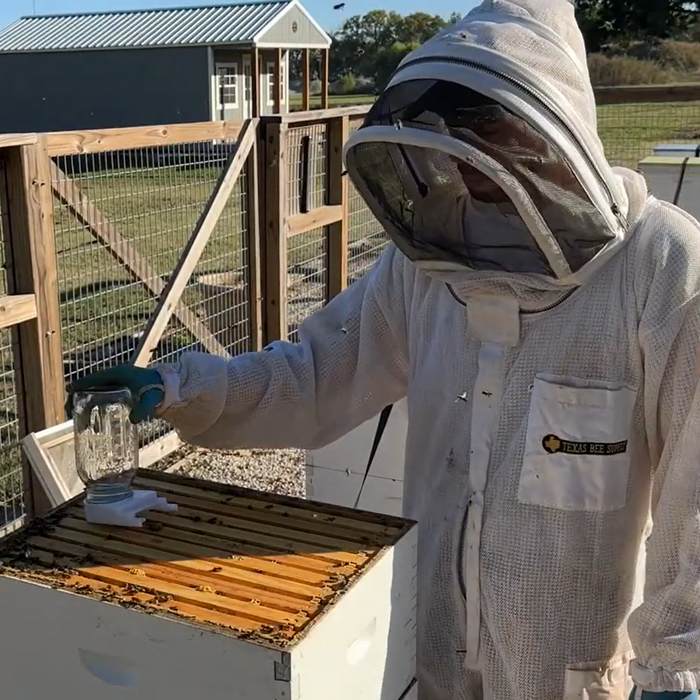
Feeding Bees in Late Fall and Winter
As temperatures drop and bees form tight winter clusters, their ability to access food becomes limited. Learn how to assess hive stores, and the best feeding methods to keep colonies strong until spring.

As temperatures drop and bees form tight winter clusters, their ability to access food becomes limited. Learn how to assess hive stores, and the best feeding methods to keep colonies strong until spring.
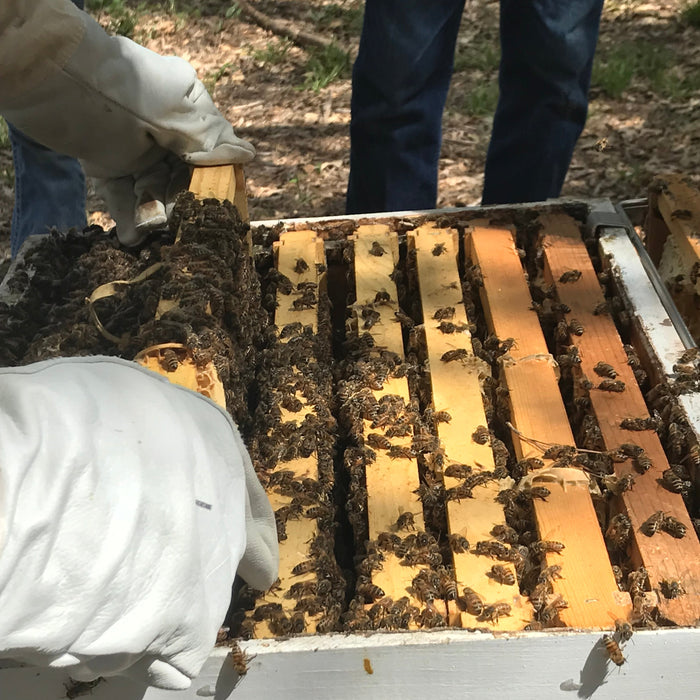
Even in late fall, it’s important to take a quick look inside your hives. With just a few simple steps, you can safely check food stores and population without stressing the bees—even on chilly days. A fast 30-second inspection can reveal exactly how your colony is doing heading into winter.
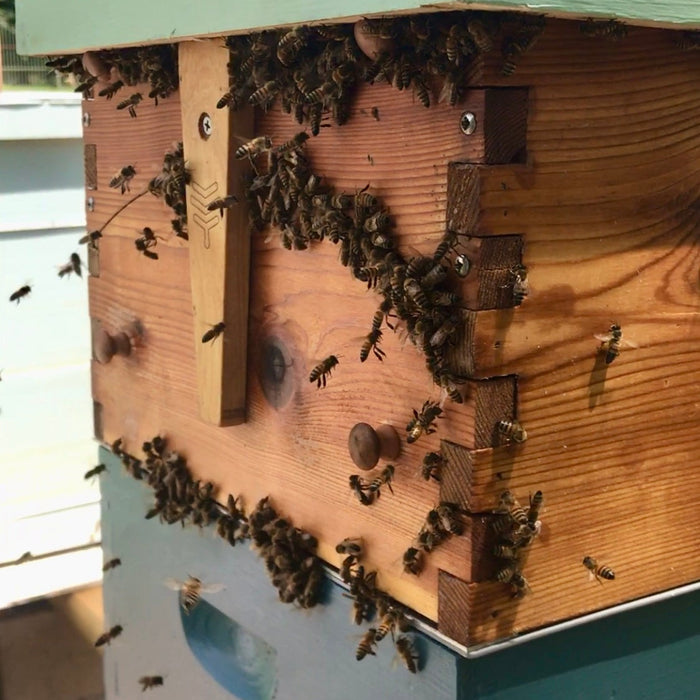
When temperatures drop and nectar dries up, some colonies turn on their neighbors. If one hive is buzzing louder and flying more frantically than the rest, it’s not extra healthy—it’s likely under attack. Learn how to recognize robbing behavior, what to do if it happens, and how to prevent it next time.
